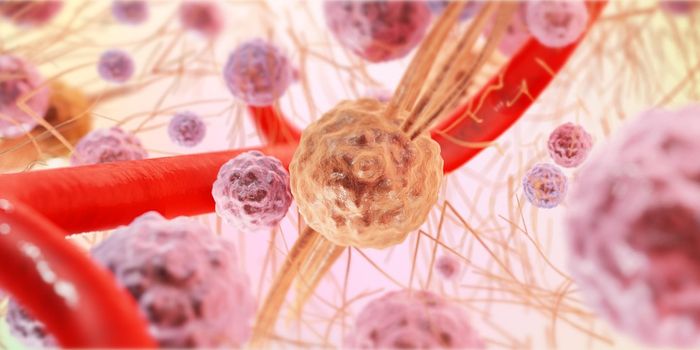Putting the Kibosh on HIV's Stealth Tactics
The human immunodeficiency virus or HIV is always one step of the immune system, a tactic that makes it impossible to completely eradicate without the use of drugs. The power of the virus over the immune cells lies in its ability to shapeshift, constantly mutating as a means of disguising itself and evading recognition.
Clinical countermeasures to fight back have come a long way over the past few decades; HIV-positive patients on a daily regimen of antiretroviral drugs usually have almost undetectable levels of active HIV in their systems. Keeping these levels low, however, is inextricably linked to faithfully taking the lifelong course of medication. Interruptions can cause the virus to resurface and lead to serious health complications.
A recent study published in Science explores an exciting new possibility: instead of merely keeping the virus at bay, there may be a way of eradicating it completely. Scientists at the Washington University School of Medicine took a closer look at the dynamics of the dormant virus lying in wait within human immune cells. As the virus mutates in a bid to stay out of sight, one thing remains constant—the activity of HIV protease, a protein critical for the replication and spread of the virus.
"When we identified a part of the immune system that could recognize and attack a core function of the HIV virus—rather than what it looks like—it was really exciting," said Liang Shan, a senior author of the publication.
According to Shan, protease activity is easier to distinguish than genetic characteristics of the viruses. For example, wearing a disguise might conceal a criminal’s true identity, but running away from the scene of a crime is harder to conceal.
“This is exciting because it raises the possibility of clearing all the dormant virus in a single patient—no matter how widely mutated—based on something all the viral variants have in common,” explained Shan. “For patients, even if they are consistent with therapy and experience no symptoms, having a treatment that could change their HIV status from positive to negative would have a massive impact on their lives."
Shan and colleagues discovered that human immune cells have an in-built security system—the CARD8 inflammasome. This defense mechanism is triggered when HIV protease activity is detected, causing cells to push the self-destruct button and diminish the viral spread risk. However, the virus can lay low in a dormant state for decades without activating the inflammasome.
The team found a way of smoking out the virus when it is in hiding, using drugs that force the activation of HIV protease. Doing this also sets off the inflammasome which in turn activates apoptosis, a molecular cascade that ends with cell destruction, taking the virus down with it.
"HIV protease's specific action for the virus is also the specific action that sets off CARD8,” said Shan. “Our findings show that our immune system can recognize a virus's protein function and, under the right circumstances, use that information to kill HIV-infected cells."
Some of the drugs that activate HIV proteases are already in the clinic, such as a class of pharmaceuticals known as non-nucleoside reverse transcriptase inhibitors (NNRTIs). The team’s discovery points to the feasibility and potential of using such therapeutics to stamp out the virus from infected individuals once and for all.
"We would like to identify or develop compounds that do an even better job of activating HIV protease than NNRTIs do and at lower doses," said Shan. "This study serves as a guide for developing new drugs that have the potential to eliminate the dormant HIV reservoir."
Sources: Science, Washington University School of Medicine St. Louis.









